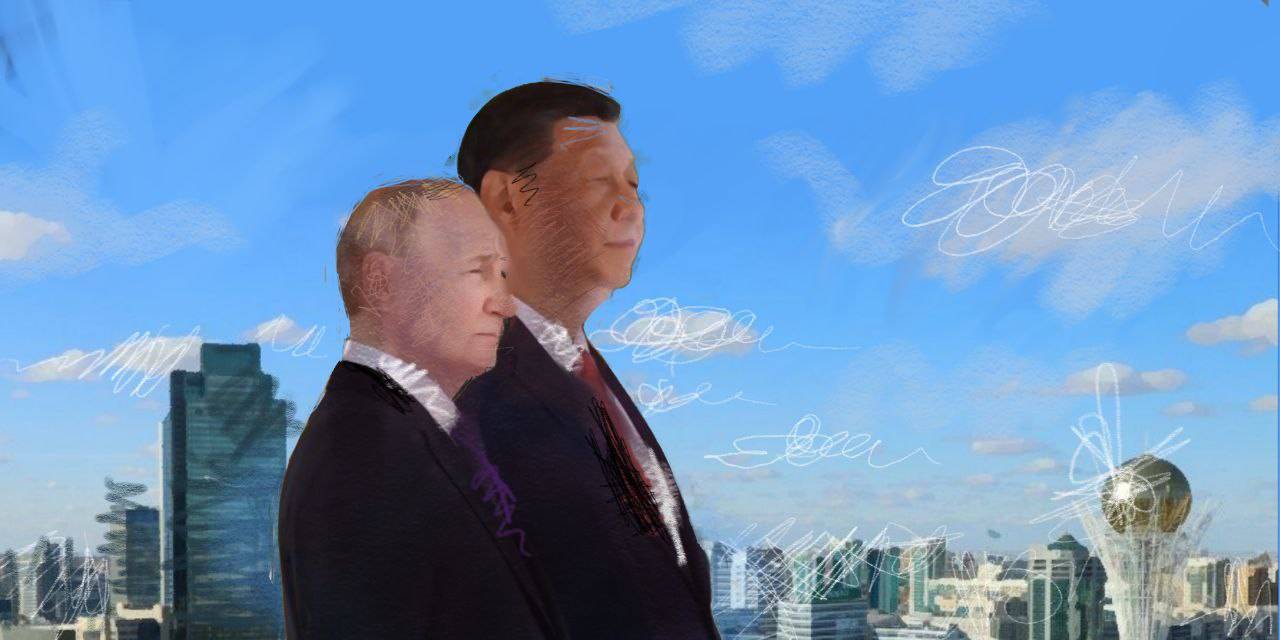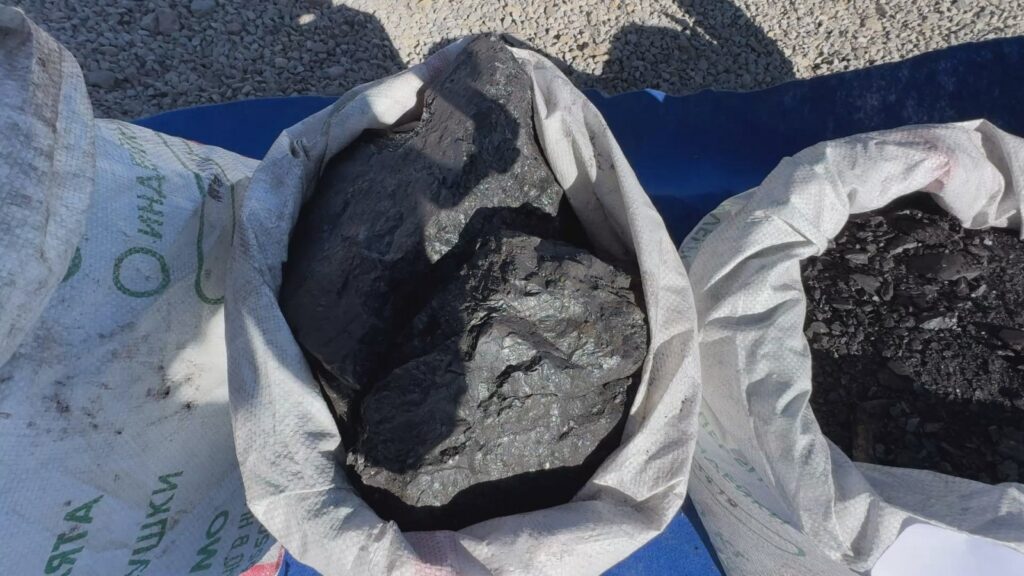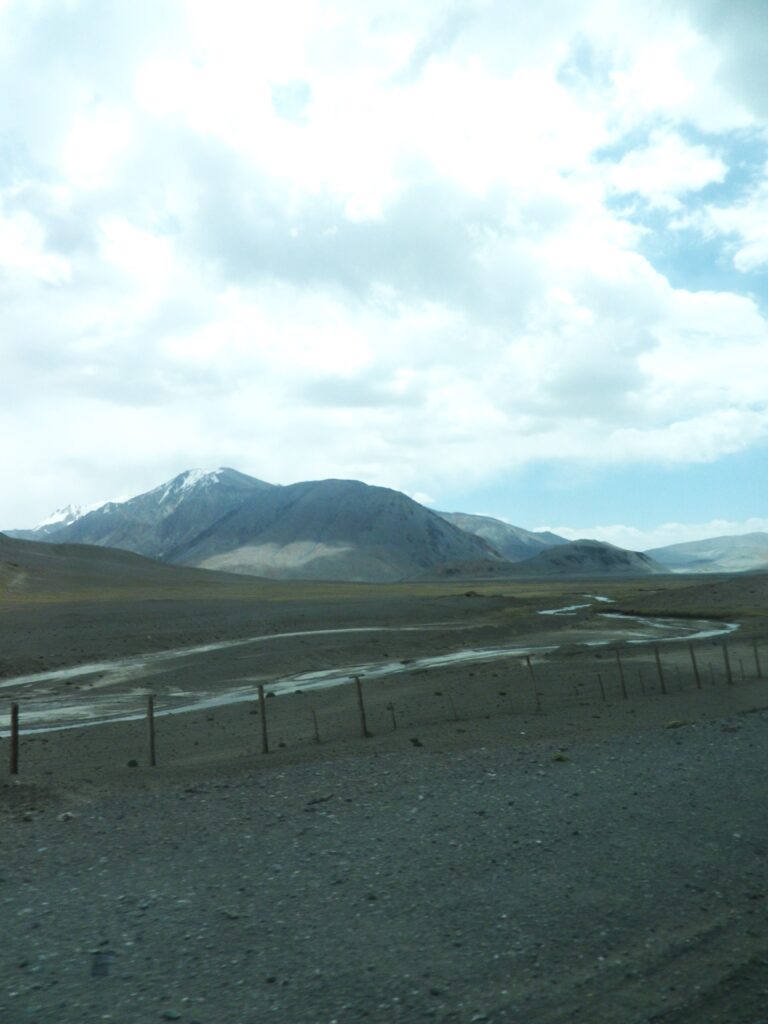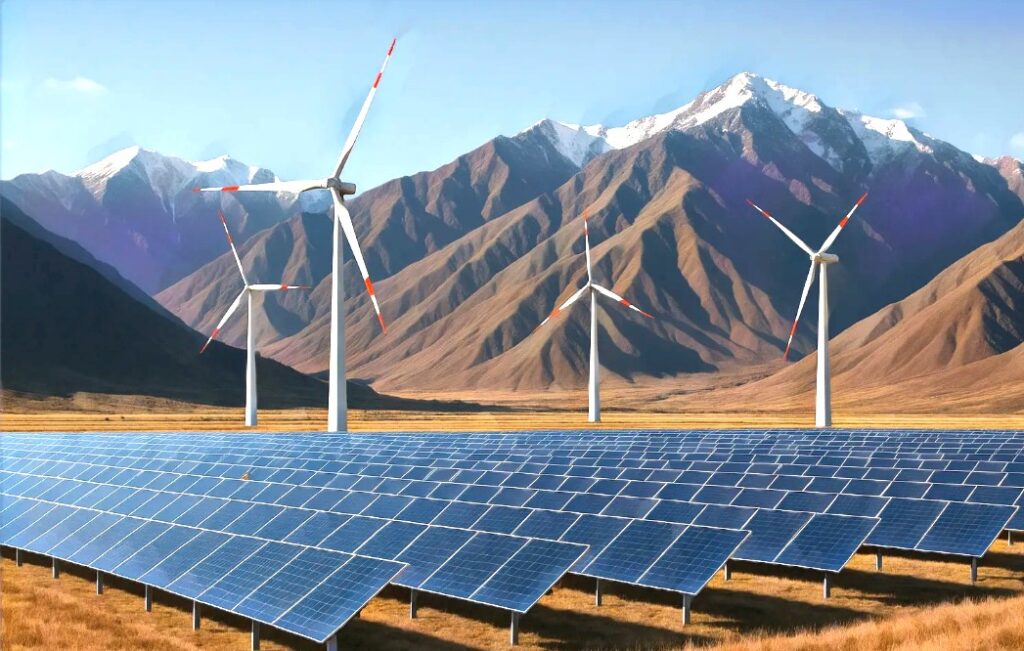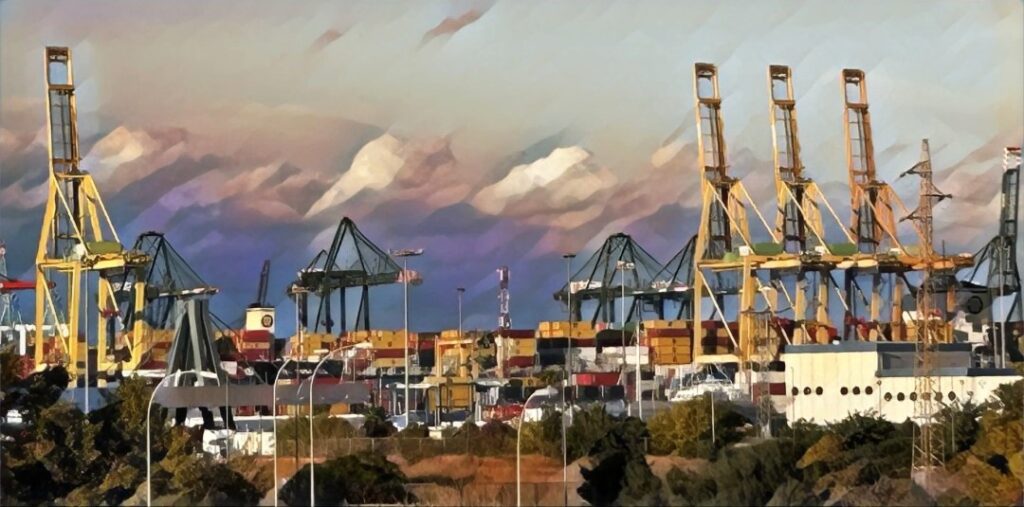In July, Chinese leader Xi Jinping, architect of the Belt and Road economic initiative, traveled to Kazakhstan for a meeting of the Shanghai Cooperation Organization, a security group whose founding members include several Central Asian countries. There, Xi warned against the threat of “external interference” and celebrated Chinese collaboration with President Vladimir Putin of Russia, the region’s other traditional power. Then he visited Tajikistan, a security partner that borders China and Afghanistan.
Europe and the United States, which want to counterbalance Chinese and Russian sway in Central Asia, were watching.
Last week, several analysts affiliated with Western institutions held a Zoom discussion titled “The China-Central Asia Crossroads.” It was hosted by the Center for the National Interest, a non-profit group based in Washington – a few blocks from the White House. Here are excerpts from the analysis:
Balancing China and Russia:
Temur Umarov, a fellow at the Berlin-based Carnegie Russia Eurasia Center:
There is a misconception that “China is somehow replacing Russia” as the main partner in Central Asia because of unease over Russia´s full-scale invasion of Ukraine in 2022.
“The reality is much more nuanced and detailed,” Umarov said. Since the end of the Soviet Union in 1991, he said, Central Asian countries have always looked for “diversified ties with the world” and “Central Asia wants to have China’s presence be enlarged into other spheres and to have a counterbalance in the face of Russia.”
Elizabeth Wishnick, an expert on Sino-Russian relations at the Center for Naval Analyses and the Weatherhead East Asian Institute at Columbia University:
“Central Asians wanted to diversify away from Russia to have more choice. China is not necessarily the only partner they want. And they they’ve been trying, especially recently, to engage with European countries, with India, with Iran, with Turkey, with a broader range of countries.”
Wishnick, who traveled recently to Central Asia, said some people described Russia as “toxic” in private conversations. She also said: “You see a lot of caution about the relationship with China in terms of the lack of transparency of some of the projects that China is investing in, the potential environmental consequence of some of these projects.”
Brian Carlson, a research professor at the Strategic Studies Institute of the U.S. Army War College:
There is “a little bit of slippage of Russian influence in the region,” although Putin has worked to maintain it with frequent meetings with Central Asian leaders, Carlson said. He noted that, after Putin visited China in May, he called the leaders of Kazakhstan and Uzbekistan to update them on the trip. Even so, China’s influence is increasing.
“And so, this does pose challenges for the Central Asian countries. In the past, they’ve kind of tried to play Russia and China off against each other. To some extent, that will be more difficult given that China and Russia have a very close partnership. So, it will be difficult for Central Asian countries to navigate great power relations in the coming years. It’s true that they can look beyond just Russia and China to other partners.”
Xi’s Visit to Tajikistan:
Umarov:
President Emomali Rahmon of Tajikistan is “getting closer and closer” to transferring power to his son, and so, since Xi doesn’t visit Tajikistan often, this might be the Chinese leader’s last trip there before the political transition.
There are two Chinese armed police bases on the border between Tajikistan and Afghanistan, according to Umarov, and “this is a unique case, not only for Central Asia, but also for the world.”
Wishnick:
“For China, there’s a lot of concern about Afghanistan and its future. And Tajikistan is seen as integral to that question.”
“They probably see Tajikistan as a kind of weak link on China’s border, and they’re trying to invest as much as possible to bolster Tajikistan. Although I would say that sometimes it doesn’t have the desirable conclusions, like the investment in a gold mine there has led to some dissatisfaction on environmental grounds as well.”
Carlson:
For years, people have talked about a “sort of informal agreement on a division of labor in which China promotes economic development, whereas Russia has the main security role” in Central Asia.
“Starting several years ago, China did begin to engage with the countries along its western border – Kyrgyzstan, Tajikistan, Afghanistan and Pakistan – in a format that did not include Russia. And the discussions were mainly about security along China’s western border and making sure that instability didn’t spill over, especially from Afghanistan, across the border into China.”
U.S. Withdrawal from Afghanistan:
Carlson:
The U.S. withdrawal from Afghanistan in 2021 potentially opened opportunities there for China, which along with Russia has engaged in outreach to the Taliban.
A Taliban representative made a statement of “support for China’s policies in Xinjiang, or at least, a pledge not to do anything that would aggravate the situation.”
(China has imposed an assimilation program in its western region of Xinjiang, which borders Kazakhstan. Rights groups accuse China of widespread abuses, including mass detentions, against Uyghurs and other Muslims).
China and Russia – Getting Along in Central Asia:
Umarov:
“In my view, we tend to underestimate the level of cooperation that exists between Moscow and Beijing on Central Asia.”
“I think it will be a hybrid future – there will exist some sort of competition between these two countries, but also a lot of cooperation… Cooperation is also something that Central Asian countries want to see.”
Even Russia and the United States, which have big problems in their bilateral relationship, coexist in a place like Kazakhstan, according to Umarov.
Wishnick:
“Central Asia is one of the routes that Chinese entities use to send their dual use items to Russia for use in Ukraine. And of course, there’s a lot of different sentiment on the war in Central Asian countries and large swathes of public opinion opposed to the war. But there are certain business entities and elites that are collaborating in this trade.”
China surpasses Russia in terms of trade in Central Asia, but Russia still has “levers of influence,” for example in the way it impacts Kazakhstan’s westward export of energy through pipelines that pass through Russian territory.
The U.S. Role:
Umarov:
Central Asian countries thought the Trump administration’s efforts to get them to cooperate less with China were “unrealistic.”
But the Biden administration “got rid of this approach and started to not even mention so much China, Russia or anything outside of Central Asia when it comes to building relationships with the region, but rather highlighting the strategic importance of the region as it is.”
Carlson:
“I think that the United States also has an interest in encouraging the Central Asian countries to work more closely [with] each other to strengthen intraregional collaboration, and that should strengthen the Central Asian countries´ hand in dealing with China; and possibly the United States also has an interest in other countries exerting some influence in the region, including Turkey, as a way to get the Central Asian countries some other options.”
A possible Chinese invasion of Taiwan would put Central Asia in a difficult position because “the United States would be interested in getting the Central Asian countries to provide some kind of support for the U.S. effort, but it would be very difficult for them to stand up to China by joining sanctions or cutting off energy supplies or anything like that. So, the Central Asian countries in that case would just have to try as hard as possible to maintain neutrality and stay out of it.”
Wishnick:
Lately, the United States “has focused more on functional areas of cooperation rather than grand strategies, looking at strategic minerals, customs clearance, green energy, things like that, where the U.S. can play a useful role. I think another area that would be very promising and helpful would be education.”
“To get Central Asia out of both the Russian and Chinese information space, they need to have access to other information spaces.”
